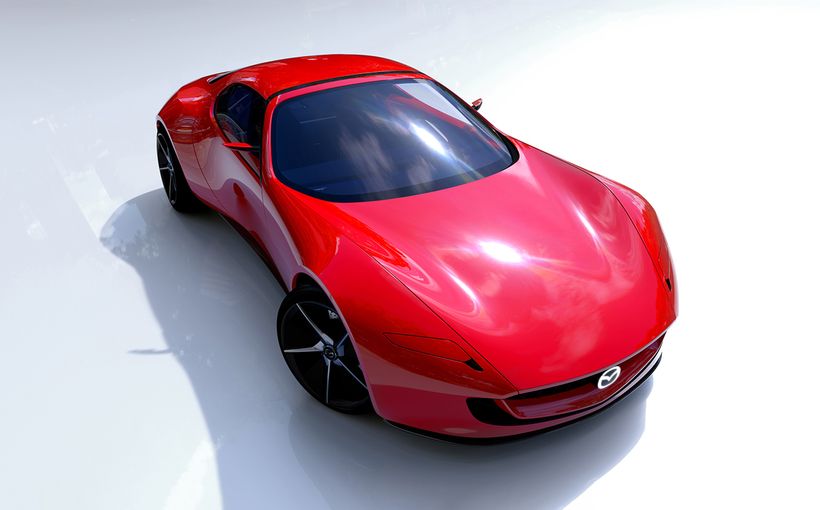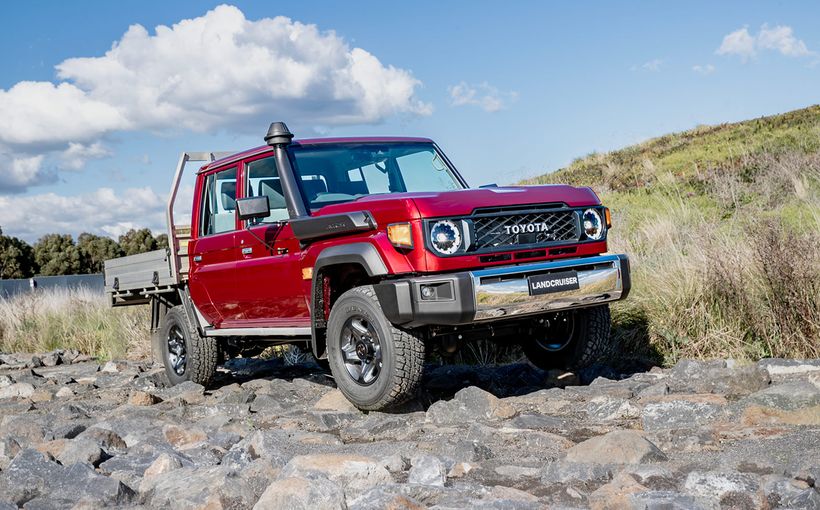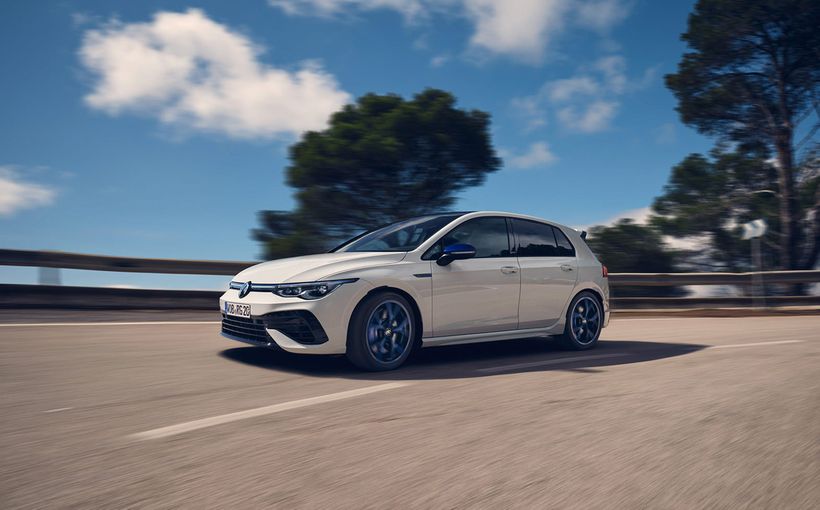WHAT do you think of when picturing an MG? Slinky English roadsters? Hotted-up hatchbacks, sedans and wagons? Or maybe just old piles of rust broken down by the side of the road?
While a thoroughly modern SUV is probably not what springs to mind, the brand that started off as a dealer modifying Morris cars in the early 1920s in Oxford (hence the initials Morris Garages) does have its roots in providing fun and affordable motoring with a sporting slant. And, within its jumped-up five-seater wagon limitations, the latest iteration – the somewhat forgetably badged GS – has some of that same thinking going on too.

Actually the third model range released in Australia since the marque was reborn under Chinese rule (SAIC of Shanghai) in 2006, it joins two other MGs (a three-door hatch called the MG3 and a medium-sized liftback dubbed the MG6) launched last October, but only in Queensland and New South Wales. Victoria is next. Someday soon MG will be national.

And it’s the GS that has the potential to really have some cut through with today’s consumers.
Priced from around $24,000 like a Mazda CX-3 yet sized (almost) like the larger and more expensive CX-5, the world’s first SUV to wear the octagon logo is certainly packaged to stand out, and ought to give the likes of similarly themed crossover rivals such as the Mitsubishi ASX a run for their money. Yet there are a few other aces up its sleeve.

For starters, the GS is handsomely proportioned and neatly detailed, especially from behind, to make it stand out from the crowd a little. Secondly, the interior is spacious out back as well as up front, with ample room all round and a bigger-than-average cargo capacity. The dash is neat if unadventurous, the seats seem fine (especially out back), and the finish is probably better than you might think from a Chinese-built vehicle – even if some of the plastics are on the cheap and shiny side.
And thirdly, the MG has been created to be fun to drive – something that should be at the top of the list of any vehicle wearing the 93 year-old nameplate.

Using SAIC’s new SUV-only architecture, the GS was designed and engineered in England, to take on Europe’s better small SUVs. An example of this is how the rear suspension departs from the class norm by ditching torsion beams for a multi-link layout, in the interests of better handling and ride characteristics. Steering is electric rack and pinion and four-wheel disc brakes abound.
At the pointy end of the MG is a pair of fresh four-cylinder direct-injection turbo petrol engine choices.

Shared with General Motors as part of the American corporation’s Small Gasoline Engine family, all three front-wheel drive variants – the base Vivid, Core and Soul – employ a 1.5-litre turbo twin-cam ‘Cube Tec’ unit delivering 119kW of power at 5600rpm and 250Nm of torque at 4500rpm.
The base version uses six-speed manual gearbox, to help return 7.3 litres per 100km, while the Core and Soul switch to an in-house developed seven-speed DCT dual-clutch transmission that adds a whole 0.1L/100km to the combined fuel consumption average. That’s pretty good for a 1450kg-plus SUV.

If you want all-wheel drive, then the top-line Essence X AWD will oblige, with a SAIC-designed, Opel-tuned 2.0-litre twin-cam turbo producing 162kW at 5300rpm and a hefty 350Nm at 4500rpm. The front wheels are the main recipients of torque (until traction requirements call for up to 50 per cent to travel to the rear axle) via a six-speed DCT. But the move to this flagship model adds nearly 180kg and, it averages 9.6L/100km, partly reflecting this variant’s substantial 1642kg kerb weight.
So far so good, but in one key area, the GS is not quite as progressive as the rest of the car.

AEB Autonomous Emergency Braking isn’t available at all (the CX-3’s about to get it as standard), and nor are any other semi-autonomous driving technologies like adaptive cruise control. With six airbags and the usual array of mandatory safety gear like electronic stability control, as well as ABS anti-lock brakes, cornering brake control, emergency brake assist, six airbags including full-width curtain head protection, LED daytime driving lights and rear parking sensors, the GS scores a four-star ANCAP crash test rating.
Most buyers will overlook the base Vivid manual and go straight for the cheapest automatic, which in this case is the Core DCT from $26,000. It’s pretty well equipped too, featuring goodies such as a rearview camera, climate control air-conditioning, rear-seat air vents, reclinable rear backrest, a six-inch touchscreen and 17-inch wheels.

The Soul from $29K adds niceties like satellite navigation, a larger central touchscreen, leather, foglights, rain-sensing wipers, and 18-inch alloys, while that Essence X helps justify its $35K pricetag with a jump from 1.5 to 2.0-litres for the engine, all-wheel drive, hill descent control with anti rollover tech, paddle shifters for the DCT, Xenon headlights and a sunroof. Just don’t accidentally go off-roading, because ground clearance in the flagship remains steady at an average 174mm.
So the GS is a larger-than-usual small SUV with good looks, a pair of fiery turbo petrol engines to choose from, and a chassis that has been born and honed in Great Britain. Yes, it looks nothing like a ‘50s Magnette, ‘80s Metro Turbo, or ‘00s ZT – let alone a TC, MGA or MG-F – but that’s the reality of today.
People are SUV-mad and the marque is trying to be relevant in an ever-changing world. Your grandad would probably get that.









